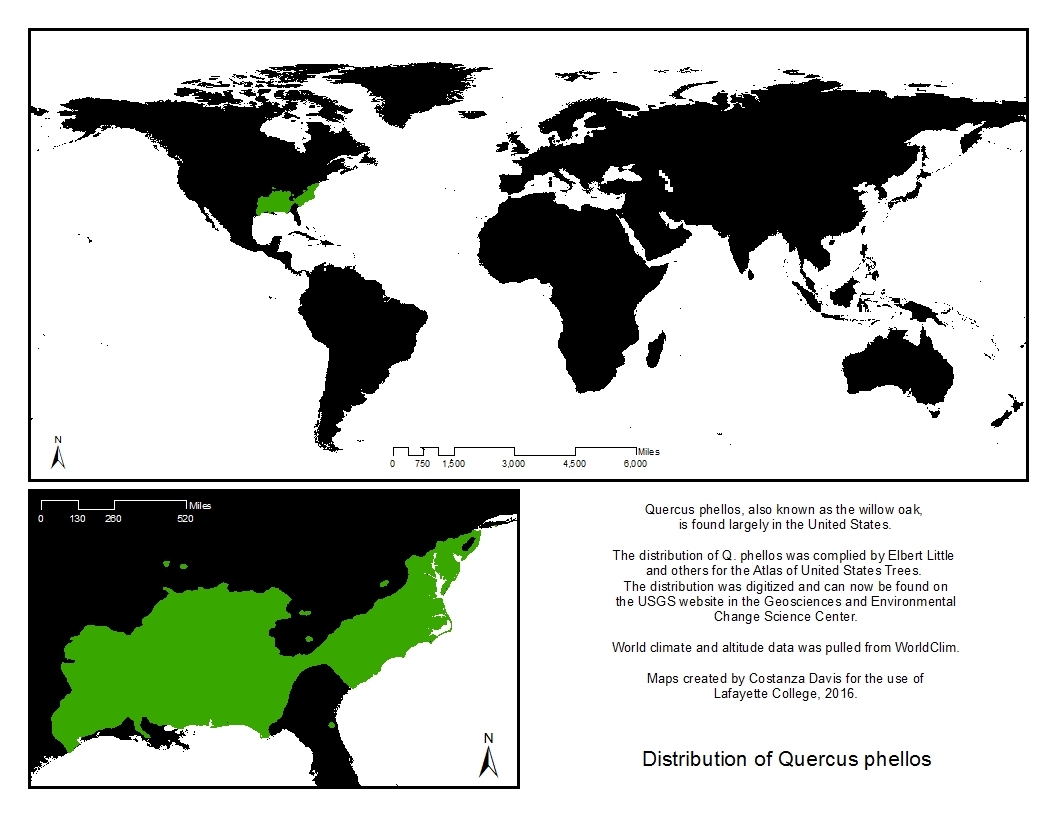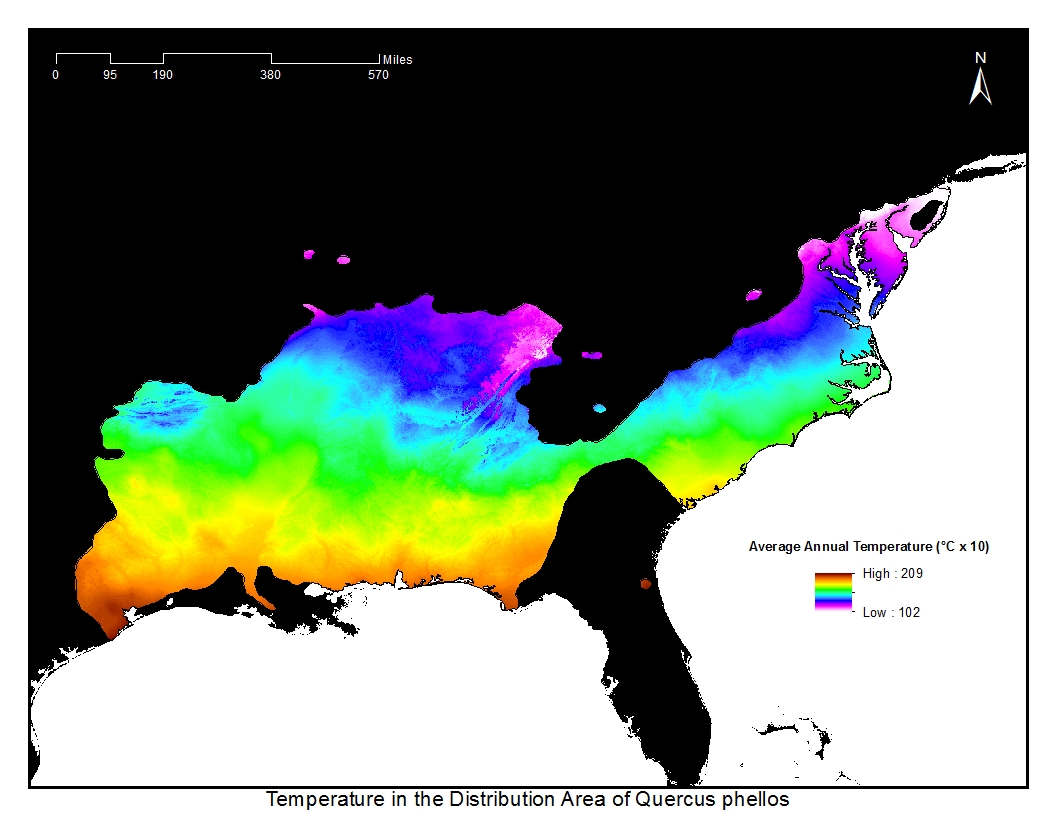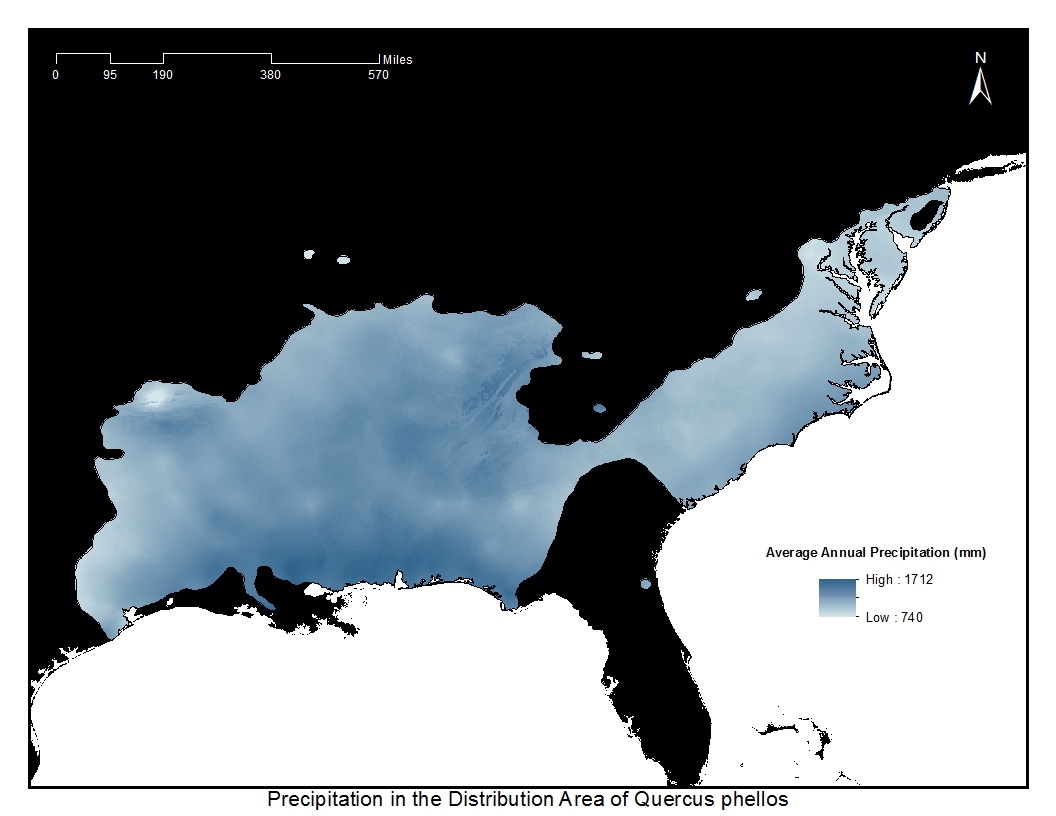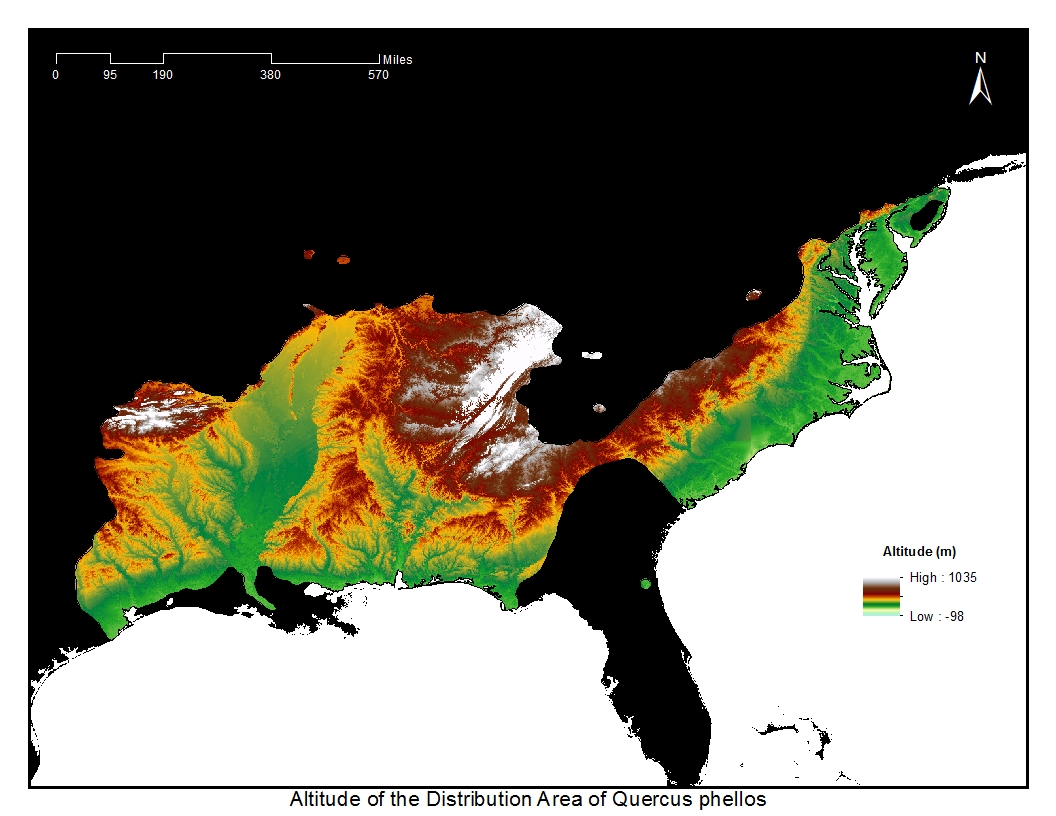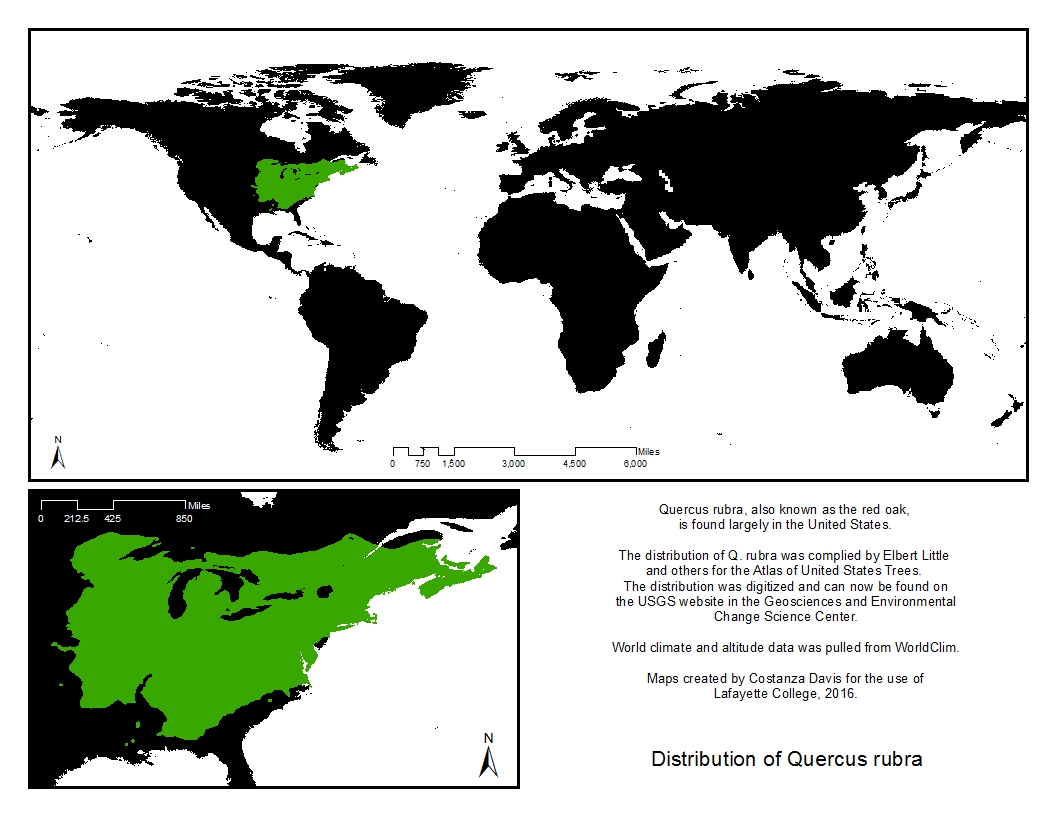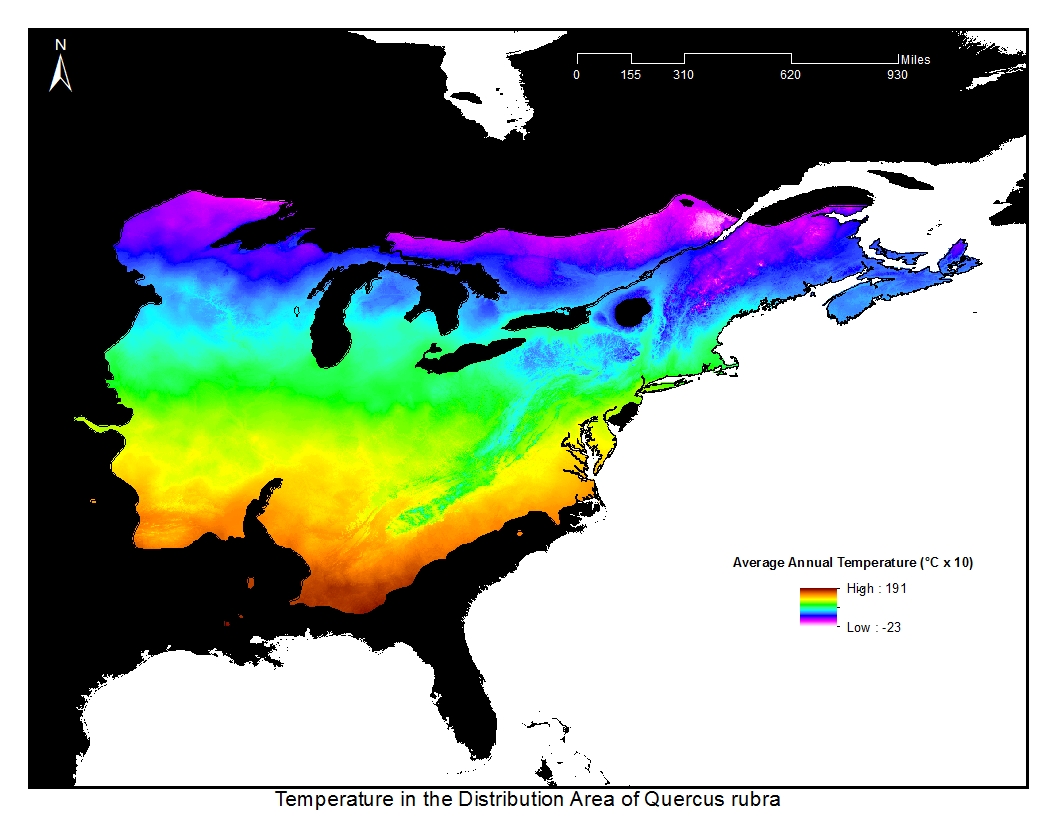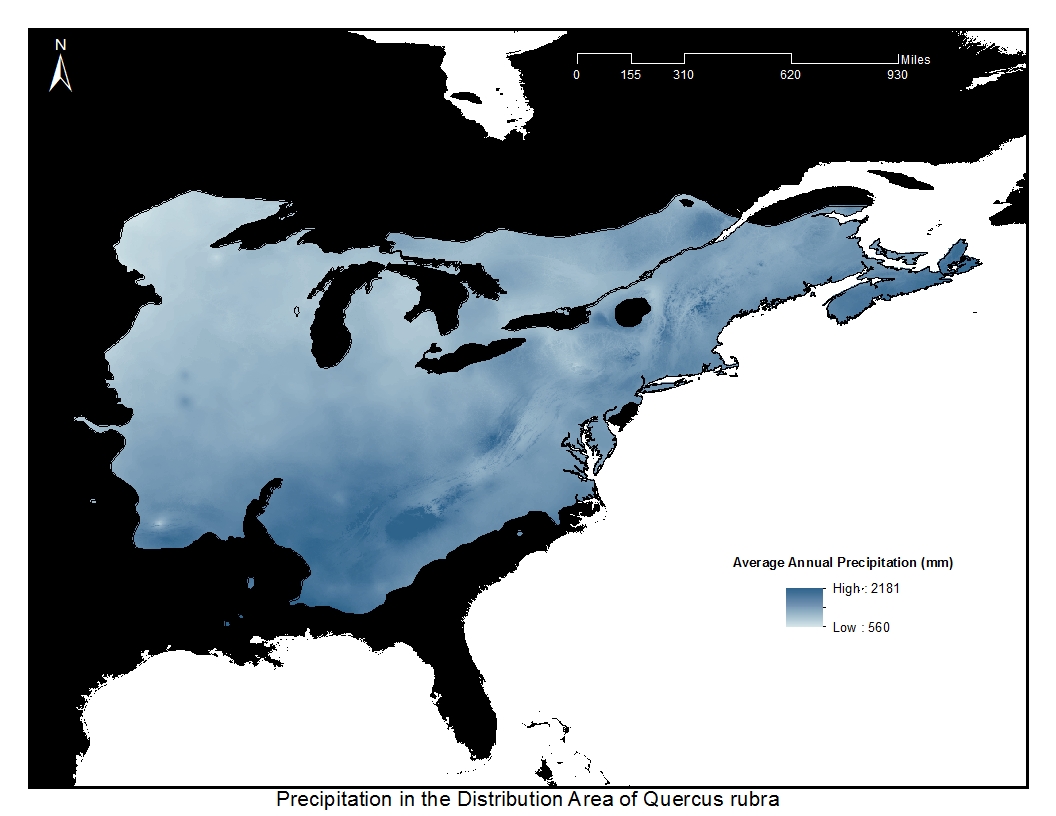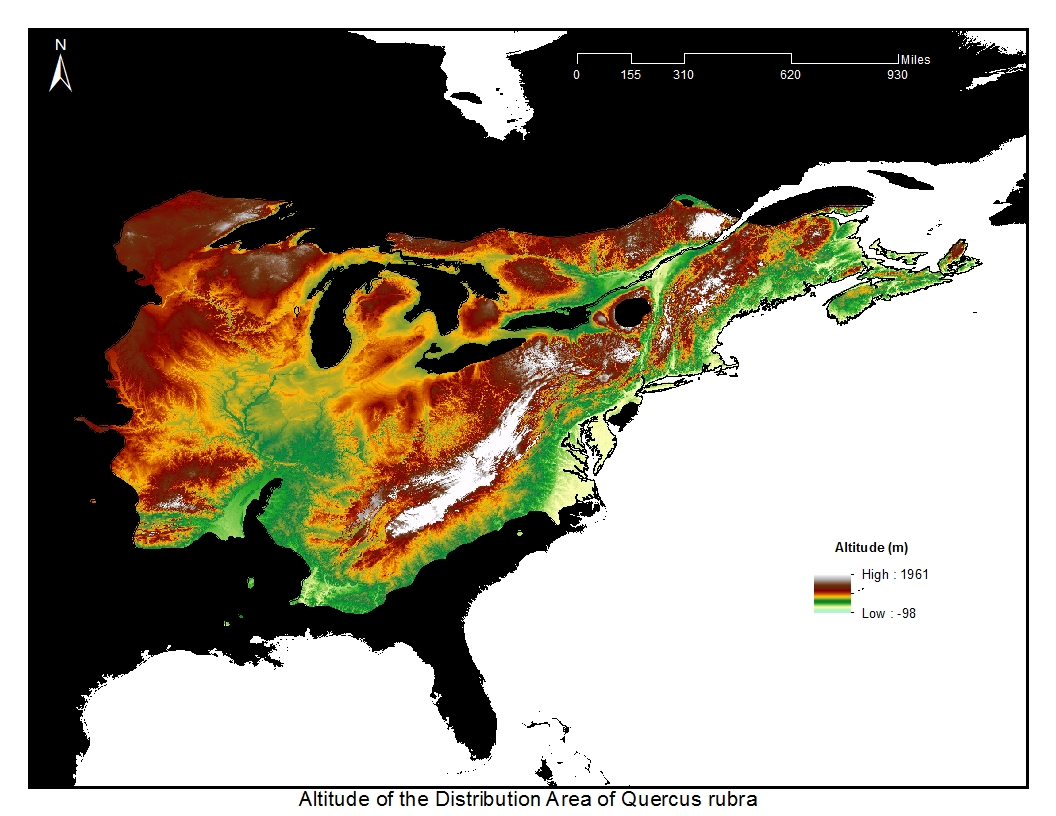Willow oak, Quercus phellos, also known as peach oak, pin oak, and swamp chestnut oak, can sometimes be confused for a willow tree by the shape of the leaves and by location.
This oak is found in the southern United States and is medium to large, with a long life and quick growth. An average size is 80 to 120 feet in height with almost 40 inches in trunk diameter.
Humid, temperate climates are ideal for the willow oak. Long, hot summers and short, mild winters are preferred. Frost-free days are comparatively many, with a minimum of 180 to 190 days and a maximum of 300 days. Additionally, most willow oaks are exposed to 2,700 hours of sunshine annually, with humidity ranging from 50 to 70% throughout the year. Willow oaks are often found on moist alluvial soils, as well as near water, similar to typical willows. Sometimes willow oaks can be found on former floodplains, such as on old terraces, but these oaks are rarely doing well.
Willow oaks tend to do less well as clay content or potassium content increases. The best soils are fresh, undisturbed alluvium, with a pH from 4.5 to 5.5. Moisture must be present and available.
Male and female catkins are present on the same tree, making it monoecious. Flowering occurs shortly after the leaves begin to bud, from February to May. Seeds begin to appear after 20 years of age. The willow oak produces small acorns between 0.4 and 0.6 inches in length, either single or in pairs. The acorns take two years to mature to a bright color and are finally mature between August and October of the second year. Most years produces a heavy crop of acorns, which are disseminated by water and wildlife.
Heavy annual acorn production makes willow oaks good for wildlife, but this wildlife does reduce reproduction. Squirrels, birds, insects, and hogs each willow oak acorns. Fire is also a big enemy of the willow oak. Tree borers are threats as well. Additionally, acid rain has been shown to hard the foliage of the tree.

